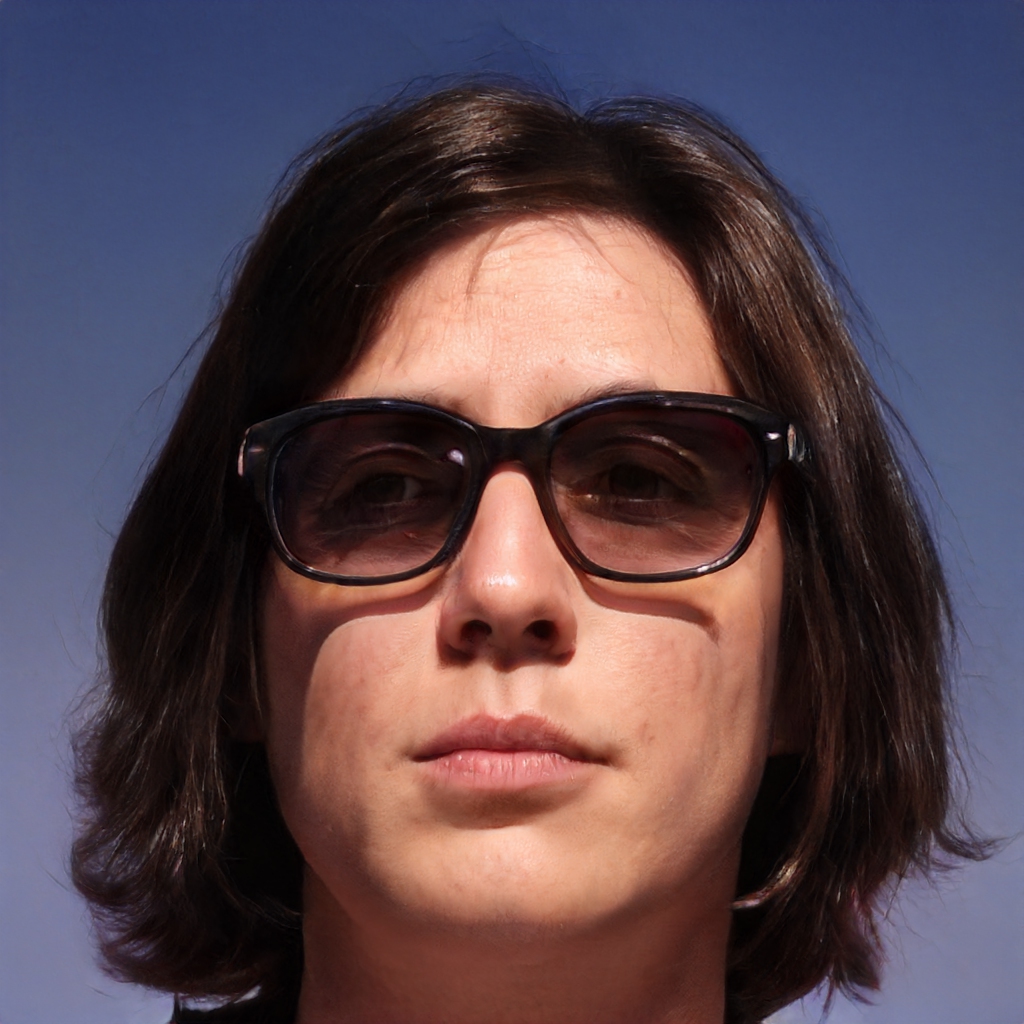One of the questions that many are asking, in view of the arrival of the second generation of digital terrestrial TV, is what resolution the TV must have: here's the answer
As everyone knows by now, as of October 20, the first RAI and Mediaset channels will change encoding from Mpeg-2 to Mpeg-4: this is the first technical transition from the current digital terrestrial transmission standard to the new TV in DVB-T2 standard. The second, instead, will take place in 2023 with the further passage from Mpeg-4 to HEVC Main10.
Many of those who do not yet have a TV compatible with the new standard are therefore proceeding with the purchase of a new external decoder or a new TV set. Those who are looking for a new TV are faced with a myriad of products, all of which are at the very least "HD" since by law, as of December 22, 2018, low-resolution TVs can no longer be sold. The problem, however, is that of "HD" there are two and, what's more, in addition to HD there is also 4K, which is one of the resolutions supported by the new digital terrestrial (8K is not supported instead). But what resolution must the TV set have in order to be compatible with DVB-T2?
DVB-T2: the minimum resolution
As far as the minimum resolution of the TV set is concerned, it must be said that neither the Ministry of Economic Development, nor the TV broadcasters, nor the Smart TV manufacturers have ever really clarified it.
Today on the market (besides the very expensive 8K TVs, practically unobtainable) there are Smart TVs with three different resolutions: HD (or HD-Ready, 1280×720 pixels), Full HD (1920×1080 pixels) and 4K (or UHD, 3840×2160 pixels). TV broadcasters also use these resolutions for their broadcasts.
When people talk about the new digital terrestrial, they always say that "you'll need a high-definition TV", but they don't specify which resolution. The answer to this question can be obtained indirectly, from the test channels 100 and 200.
These are the two channels that the viewer must use to know if his TV will be compatible with the new DVB-T2 in 2023: if the word HEVC Main10 appears, then it will be. Otherwise he will have to change decoder or TV. Both of these channels are transmitted at a resolution of 1280×720, i.e. HD-Ready (also known as 720p).
This means that, for a Smart TV to be compatible with the new digital terrestrial, it doesn't have to be Full HD or even 4K: it just has to be at least HD-Ready.
What happens if you watch Full HD channels on an HD TV
A question then arises: are some channels broadcast in Full HD or 4K, can you watch them on an HD-Ready TV?
The answer is yes, but the video quality will not be good. The decoders inside the TVs, or the external ones we connect to the TVs, in these cases do the so-called "downscaling". That is, they reduce the resolution of the received video signal to adapt it to that of the screen.
This leads to a loss of quality for two reasons: the first is that we do not get the highest resolution possible with that signal, the second is that the conversion involves an inevitable loss of information.
